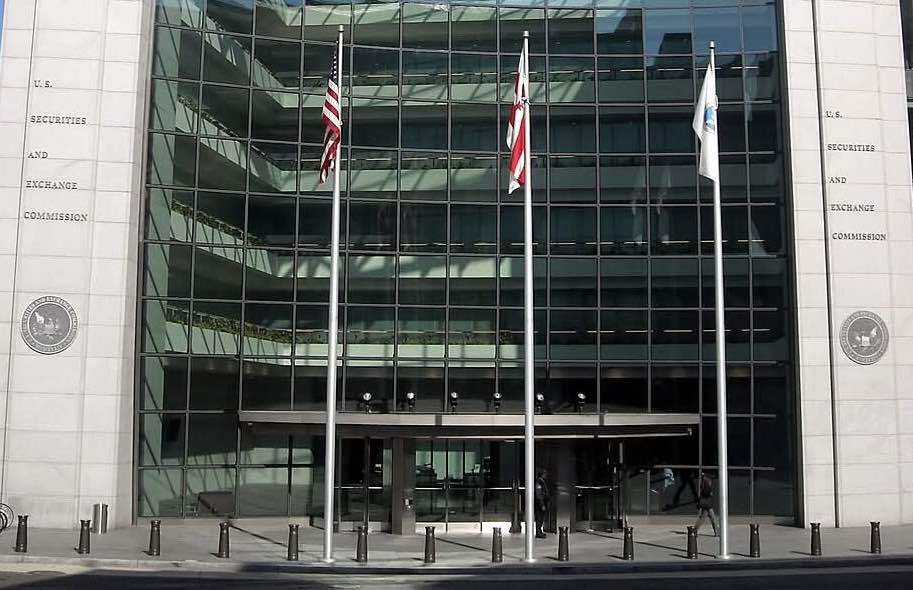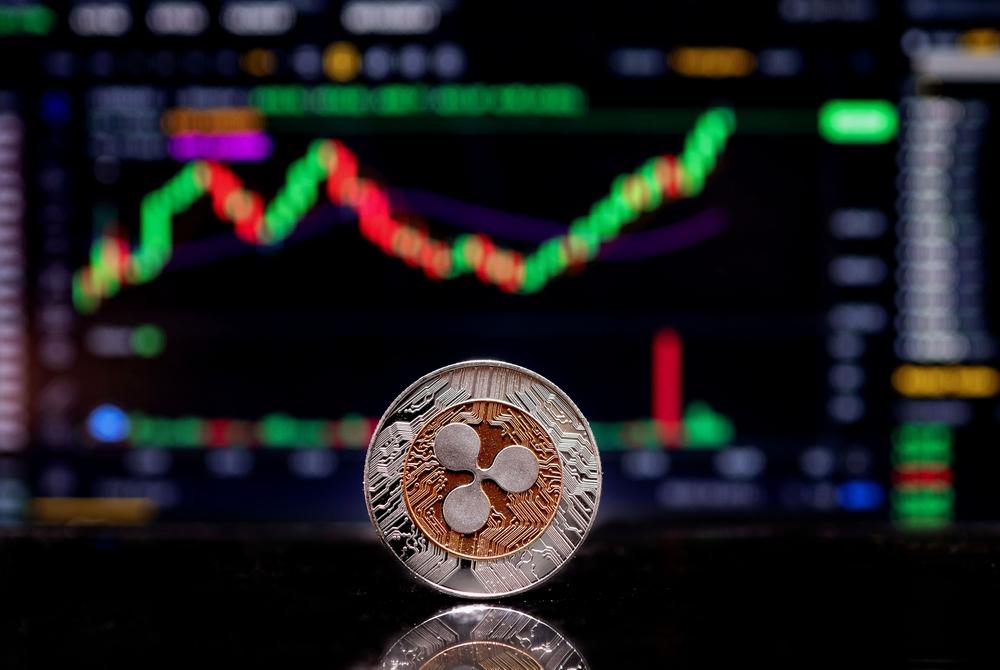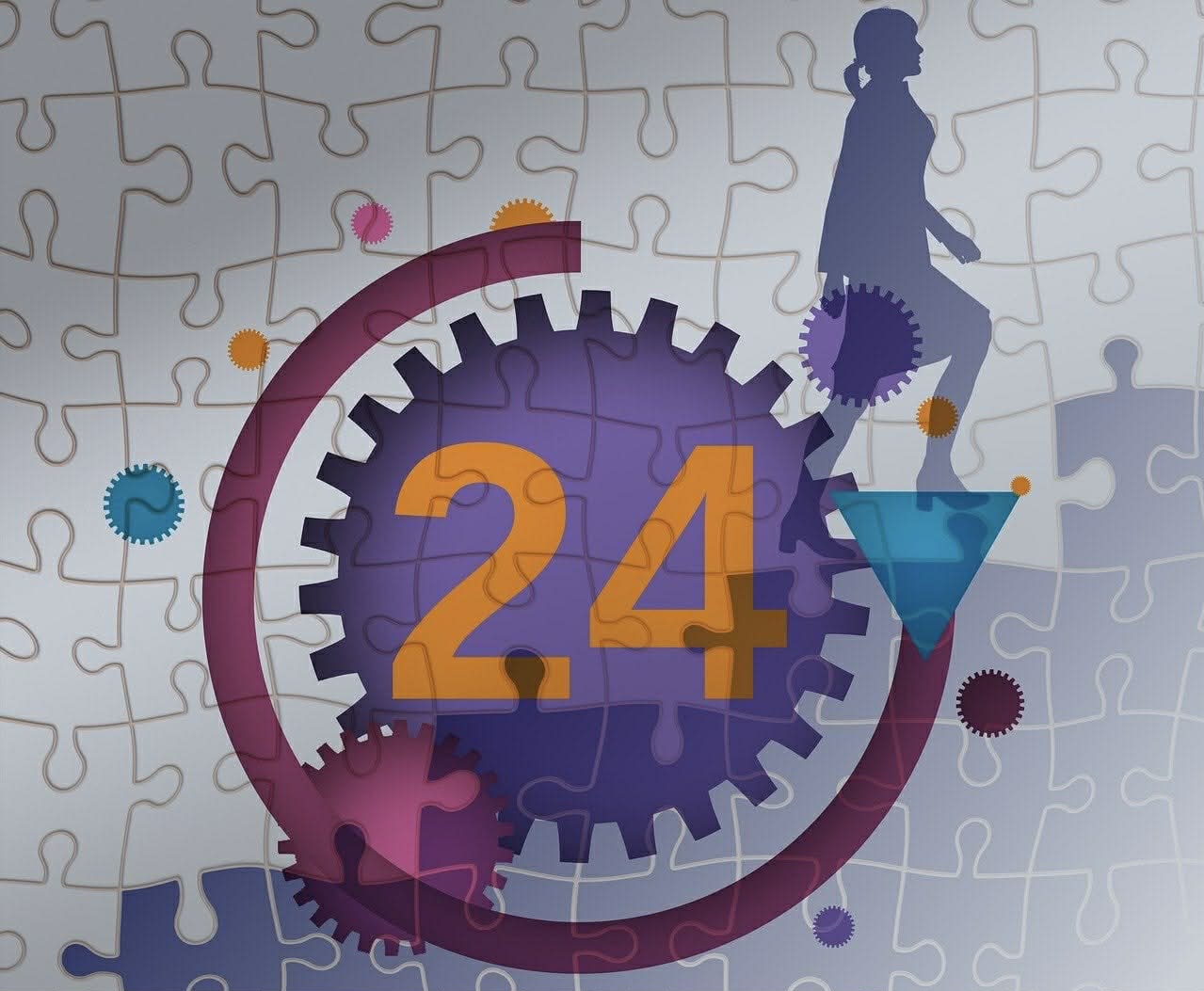Bitcoin mining difficulty has dropped over 5% to 79.5 terahashes, marking its lowest point since March.
Bitcoin Mining Difficulty Drops 5%
A quarterly low of 79.50 terahashes (79.5T) was reached on July 5, a decline of over 5% in Bitcoin mining difficulty. Since the problem momentarily dropped below 80T in March, this was the biggest drop.
Per Cointelegraph, between March and May, difficulty surged to an all-time high of 88.10T before slowly settling to its present level as of this article's publication.
Historical and Current Hashrates
Hashrate, a metric for Bitcoin mining difficulty, is essentially a representation of the number of guesses a mining machine is expected to make before solving the cryptographic puzzle and unlocking one of the remaining Bitcoins.
It takes about two weeks for hashrates to be updated, which happens every 2,016 blocks. Hashrates have, for the most part, increased month after month during Bitcoin's existence.
The hashrate was around 1.1 gigahashes in 2014, for instance. Most desktop PCs could mine Bitcoin at this low hashrate (a more powerful and energy efficient rig is required to be profitable).
As adoption started to pick up speed towards the end of 2017, hashrates finally hit the terahash mark. Until the next difficulty change, they will stay at 79.5T as of July 6, 2024.
Impact of Hashrate on Mining Efficiency
Assuming Bitcoin's price stays over $54,000, mining pool @f2pool_official predicts that an ASIC rig with an efficiency rate of 26 watts per terahash or below will be economical under the current difficulty measure of 79.5T.
More efficient rigs will be necessary to keep miners profitable if the price of Bitcoin drops. If everything stays the same, the biggest miners should be able to operate comfortably, particularly in regions where mining facilities receive energy subsidies.


























Comment 0